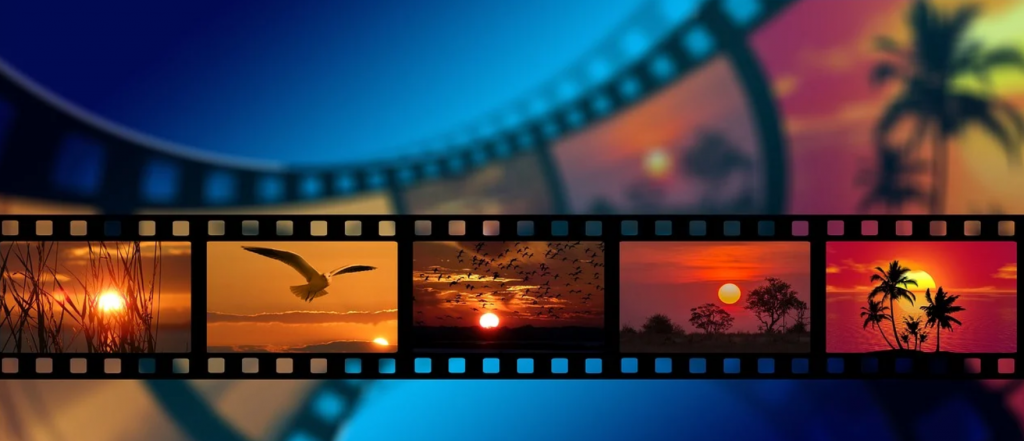
BROOKLYN, US — Danceafrica is a treasured annual event for Brooklyn Academy of Music (BAM) and the Brooklyn community to celebrate African and African-American culture.
Report by BAM
Behind the scenes, it’s much more than a weekend: It’s a story of an ongoing relationship between BAM and Africa. Baba Chuck Davis started DanceAfrica 36 years ago, and for more than 20 years, has invited an ensemble from the African continent to perform at BAM. Two years ago a dynamic relationship began to form with Zimbabwe.
In 2010, BAM began a new partnership with the US Department of State, sending American contemporary dance companies on international exchange tours throughout the world in an effort of cultural diplomacy.
As a producer and presenter of cultural work from all over the globe, BAM wanted to explore how it could share American work in the other direction. This programme, DanceMotion US, produced tours by 16 dance companies to 36 countries over the past three years.
Last year, when the State Department said it wanted to send a company to Zimbabwe, BAM had an idea in mind: Tap dance.
A uniquely American tradition with roots in African rhythms and Irish clogging, tap is an integral part of dance history, and BAM was excited to share it with Zimbabwean dancers who have such a strong understanding of percussion. After months of emails and phone calls between BAM and the US Embassy in Zimbabwe’s capital, Harare, Jazz Tap Ensemble from Los Angeles set off for Southern Africa.
It was the beginning of a great friendship. Hundreds of students showed up for Jazz Tap’s workshops in both Harare and Bulawayo (the second largest city, in the south).
- Chamisa under fire over US$120K donation
- Mavhunga puts DeMbare into Chibuku quarterfinals
- Pension funds bet on Cabora Bassa oilfields
- Councils defy govt fire tender directive
Keep Reading
Months after the tappers left, the embassy called BAM and asked if there was any possibility of getting more tap shoes — the Zimbabwean dance community wanted to keep practicing, but there weren’t enough shoes to go around.
So BAM sent more.
Meanwhile, DanceAfrica preparations were underway in Brooklyn. For this year’s opening ceremony, it seemed appropriate to add a musical element and coincidentally, Zimbabwe’s music traditions were calling.
Artistic director Chuck Davis and BAM line producer Nick Schwartz-Hall travelled to Southern Africa.
Once again, our friends at the US Embassy in Harare were happy to to help connect BAM with the artists of Bulawayo, although this time the footwear was traditionally Zimbabwean: Rubber boots and foot rattles made of dried seed pods.
The BAM team was impressed by the talent seen over the next few days, but one group stunned them: Umkhathi Theatre Works, led by artistic director Matesu Dube. On a tiny concrete stage under an aluminum roof, more than 20 local performers drummed, clapped, danced, slapped, jumped and sang their stories with exuberance.
Made up of members of the Ndebele ethnic group from the south of the country, their work ranges from traditional harmonised singing to the gumboot rapping that developed during colonial rule. Zimbabwe saw tap dance; Americans needed to see this.
Travel between Zimbabwe and the US entails lots of paperwork and meetings and long-distance phone calls, but thanks to an expert team of international producers, the help of the US Embassy in Harare and some good old-fashioned sheer will, 18 Zimbabweans recently arrived at BAM’s studios.
It is their first time in the US. Along with performances in the opera house (a big change from that concrete stage), Umkhathi is rubbing shoulders with a whole host of artists from the African Diaspora, not to mention an American community embracing them with open arms — global citizenship at its finest.
And poignantly, for the last two weeks, local Brooklyn youth from the BAM/Restoration DanceAfrica Ensemble have strapped on traditional foot rattles and worked with Umkhathi to learn Zimbabwean dance. We might have to reach out to Bulawayo for some more pairs.










